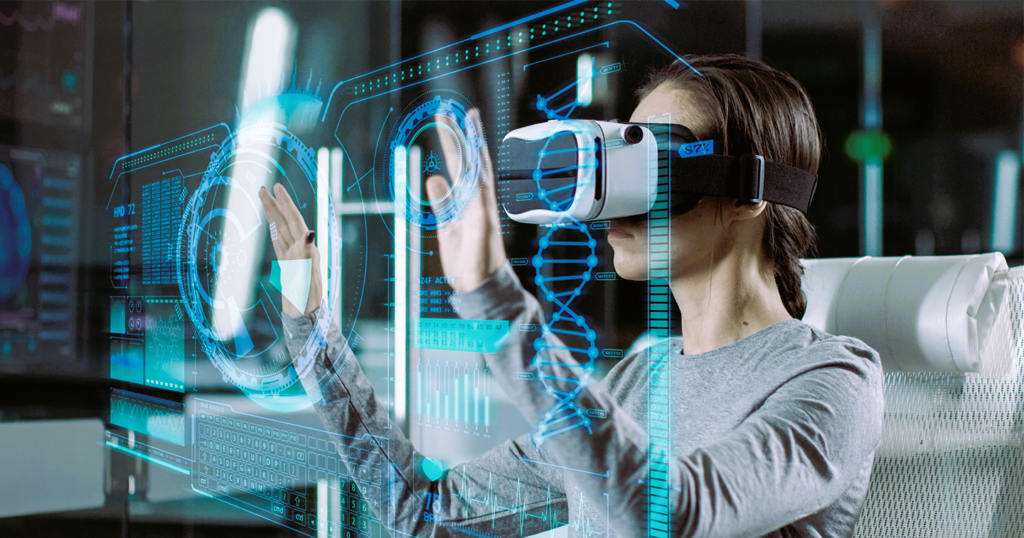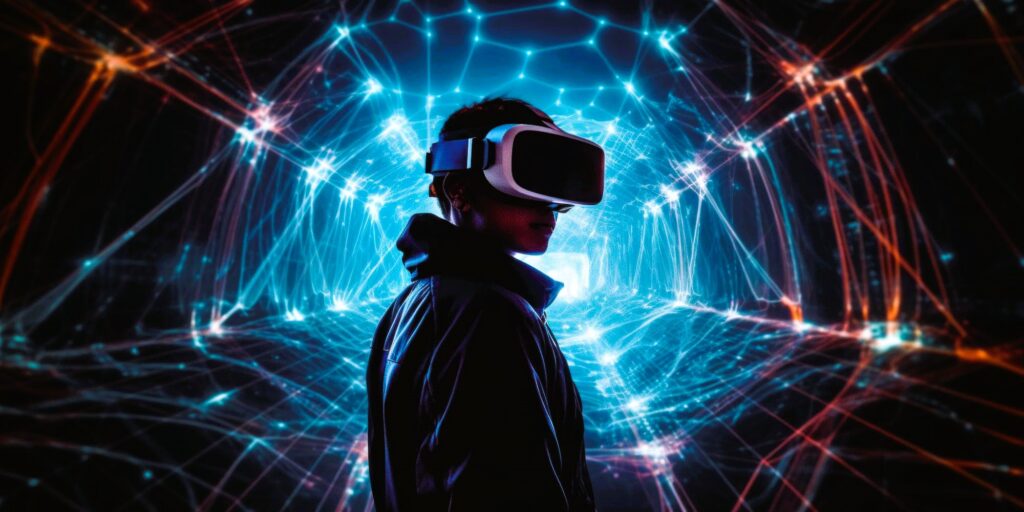
Augmented Reality (AR) is revolutionizing the way we perceive and interact with the world around us. By overlaying digital information onto the physical environment, AR technology enhances our senses and provides immersive experiences that blur the line between the real and virtual worlds. From entertainment and gaming to education and healthcare, AR is transforming various industries and shaping the future of human interaction.
Understanding Augmented Reality
Augmented Reality refers to the integration of digital information, such as images, videos, or 3D models, into the user’s view of the real world. Unlike virtual reality, which immerses users in a completely digital environment, AR enhances the real-world environment by adding virtual elements that appear to coexist with physical objects.
AR technology relies on a combination of sensors, cameras, and display devices to overlay digital content onto the user’s field of view. This can be achieved through smartphones, tablets, wearable devices like smart glasses, or specialized AR headsets.
Applications of Augmented Reality

- Entertainment and Gaming: AR has revolutionized the gaming industry, allowing players to interact with virtual characters and objects in their real-world surroundings. Games like Pokémon GO and Harry Potter: Wizards Unite have captivated millions of users worldwide, blending virtual elements with real-world locations.
- Retail and E-Commerce: AR is transforming the retail experience by enabling virtual try-on for clothing and accessories, allowing customers to visualize products in their own space before making a purchase. Virtual showrooms and interactive product demonstrations enhance the online shopping experience and drive consumer engagement.
- Education and Training: AR technology is being used to create immersive learning experiences in classrooms and training environments. By overlaying educational content onto physical objects, students can engage with subjects like science, history, and anatomy in a more interactive and memorable way.
- Healthcare and Medicine: In healthcare, AR is revolutionizing surgical procedures, medical training, and patient care. Surgeons can use AR to visualize patient anatomy in real time during surgeries, improving precision and safety. Medical students can practice procedures in virtual simulations, enhancing their skills without risk to patients.
- Architecture and Design: AR is empowering architects and designers to visualize and manipulate 3D models of buildings and structures in real-world environments. Clients can walk through virtual architectural designs and make real-time modifications, streamlining the design process and improving communication between stakeholders. Read our article about Robotics in everyday life, read more at this link.
Challenges and Opportunities

While AR offers immense potential, it also presents challenges related to privacy, data security, and user experience. Ensuring seamless integration of virtual and real-world elements, minimizing latency, and optimizing user interfaces are key considerations for AR developers.
Standardization plays a crucial role in driving the adoption and interoperability of AR technologies. Organizations like the International Organization for Standardization (ISO) and the Institute of Electrical and Electronics Engineers (IEEE) develop standards and guidelines for AR hardware, software, and content creation, ensuring consistency and quality across platforms.
Conclusion
Augmented Reality is transforming how we perceive and interact with the world, offering immersive experiences that enhance entertainment, education, healthcare, and more. As AR technology continues to evolve, standardization efforts will be essential to ensure interoperability, usability, and safety. By collaborating across industries and disciplines, we can unlock the full potential of AR and create a more connected and enriched world.
For more information on AR standards and guidelines, please visit the International Organization for Standardization (ISO) website: ISO Augmented Reality Standards.

